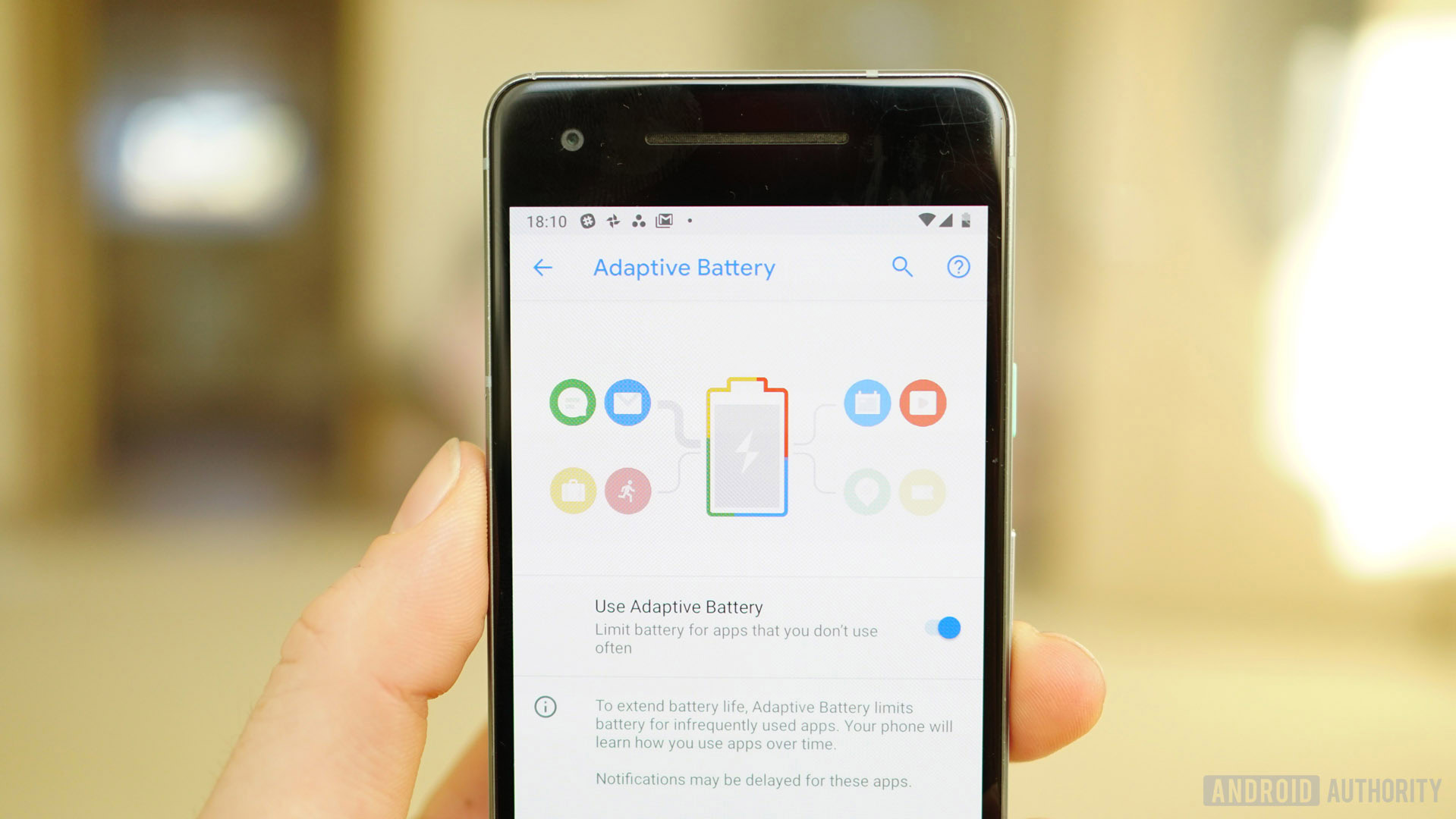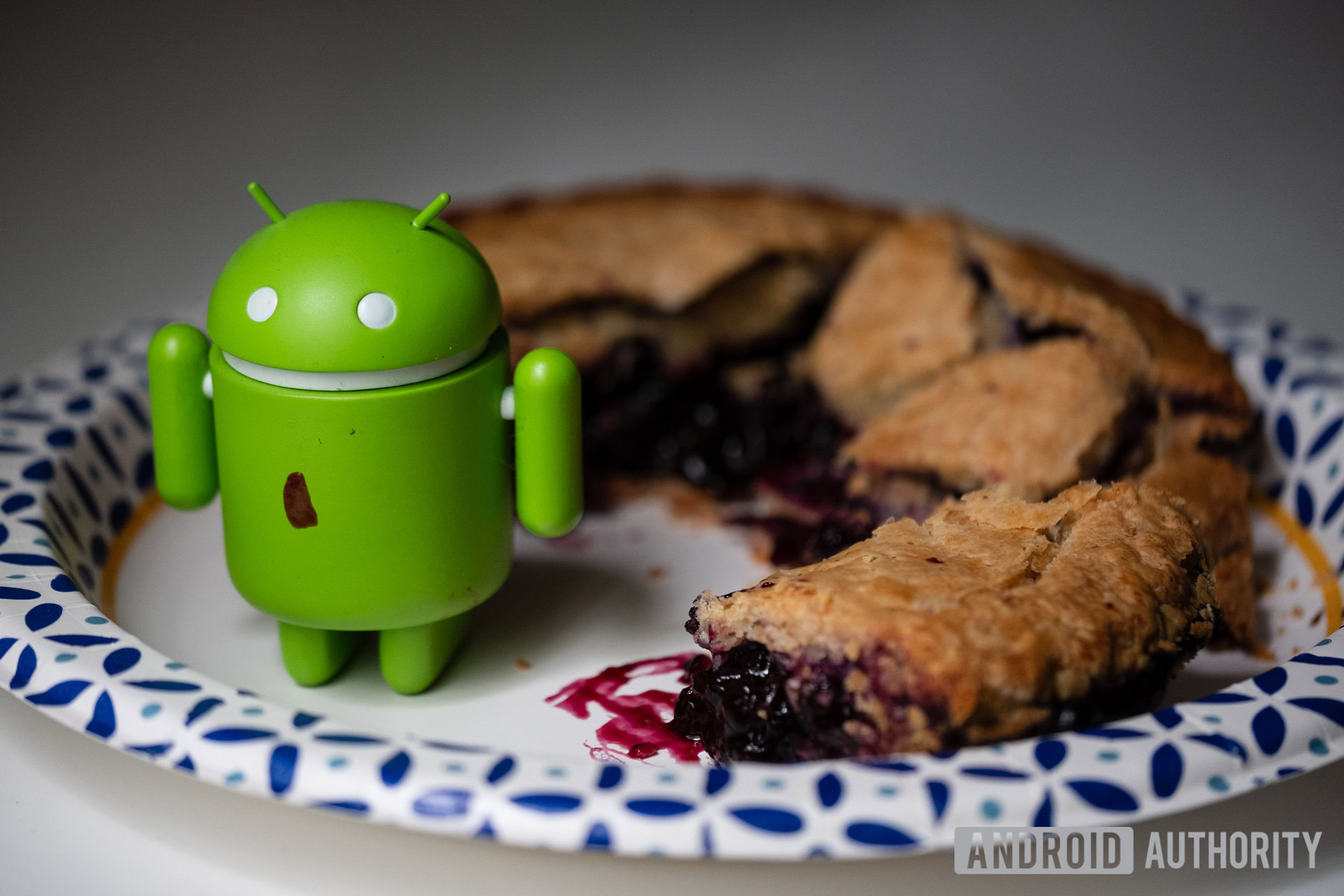Affiliate links on Android Authority may earn us a commission. Learn more.
How to install Android 9.0 Pie on your phone — a step by step guide
Google has finally released the stable version of Android 9.0 Pie, and it’s already available for Pixel phones. If you happen to own a Google Pixel, Pixel XL, Pixel 2, or Pixel 2 XL, you can install the Android Pie update right now.
Method 1: Download the OTA update

To try out Android Pie on your Pixel, head over to your phone’s settings menu, select System, System update, then Check for update. If the over-the-air update is available for your Pixel, it should automatically download. Reboot your phone after the update has installed, and you’ll be running Android Pie in no time!
If you don’t want to wait for the OTA update, we’ve got instructions for you on how to install Android Pie via factory images and OTA files.
Method 2: Flashing Android 9.0 Pie on your device

Flashing Android Pie on your device takes more time and work than the OTA method. If you don’t want to install the over-the-air update for some reason, you can sideload the factory image or OTA file manually. Here’s how to do it:
Download the proper files
Google has already posted Android Pie factory images and OTA files for all four Pixel phones. You’ll need to download the proper file for your device before you get started.
Here’s what you need to get started:
- A compatible Pixel device and a USB cable to connect it to your computer.
- The Android SDK installed on your machine with ADB and Fastboot command successfully working — check the tutorial here.
- 7zip or a similar program that can handle .tgz and .tar files.
- An unlocked bootloader on your phone.
Unlocking your phone’s bootloader
Now let’s get down to the nitty-gritty. The first thing you have to do is unlock your phone’s bootloader by following the step-by-step instructions below. It’s easy to do and does not require lots of technical knowledge. Unlocking the bootloader will wipe all the data off your device, so make sure you back it up first.
Step-by-step instructions:
- Turn on developer options by going to “About Phone” and tapping “Build Number” seven times.
- Enable USB debugging and OEM unlock on your device in the “Developer options” section.
- Plug in the Pixel to your PC with a USB cable.
- Open the command window on your PC.
- Boot your Pixel device into bootloader mode using the following command: adb reboot bootloader (if it requests you to authorize this, say yes).
- When your device boots into bootloader mode, type in this command: fastboot flashing unlock.
- A confirmation screen will pop up. Press the volume up key to highlight yes and the power button to start the bootloader unlocking process.
- Once unlocked, your device will reboot into bootloader mode. Now you simply need to type in fastboot reboot to finish the process.
Flash Android Pie on your Pixel device

Flashing Android P on your smartphone is pretty straightforward, but you can still run into problems if you don’t carefully follow instructions listed below.
Step-by-step instructions:
- Head into the bootloader menu to test that your device and PC are communicating by typing in fastboot devices — if it comes back with your device’s serial number, you’re good to go.
- Prepare the factory image you downloaded earlier. Use 7zip to extract the .tgz file you downloaded and then again to extract the .tar file you extracted from the .tgz. This will create a folder with several files in it.
- Copy all those files and paste them in the platform-tools folder in the Android SDK on your computer. You should find it in the Program Files (x86) folder on Windows.
- There are two flash-all files. Windows users should double-click the one that has the gear logo and says “Windows Batch File” on the right. If you’re on Linux, double-click the flash-all.sh.
- A box will pop up and you should see the installation taking place. While this is going on, do not unplug your device for any reason!
- When the installation process has finished, your device will automatically reboot. You can then disconnect your device from your computer and start playing with Android P.
What if the Flash-all method didn’t work?
For whatever reason, not everyone has luck with the Flash-all scripts. If they fail for you, there’s another way. It’s actually pretty simple. First, make sure you are still in the proper bootloader state and connected to your PC. On your PC you’ll want to type the following:
- First we flash the bootloader with the following command: fastboot flash bootloader <bootloader name>.img
- Next type: fastboot reboot-bootloader
- Now we flash the radio with the following command: fastboot flash radio <radio file name>.img
- Next type: fastboot reboot-bootloader
- Flash the image with : fastboot flash -w update <image file name>.zip
- After this your device may reboot automatically, if not type: fastboot reboot
So that’s how to install Android Pie on your Pixel. Any thoughts or questions? Leave them down below in the comments section.
Next: Google launches Digital Wellbeing beta for Pixel owners on Android Pie